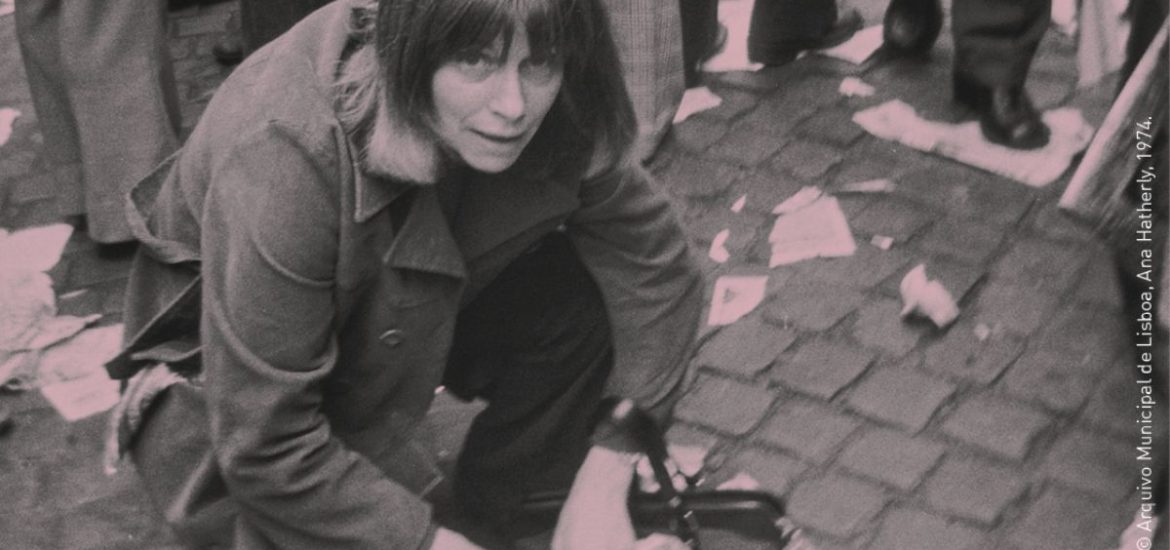The Aljube Museum Resistance and Freedom and the Lisbon Municipal Archive – Photographic present the exhibition “The Artist Went Out on the Street,” which will run from April 20 to December 31, 2023.
On the eve of celebrating the 50th anniversary of the Revolution, the museum shares Ana Hatherly’s photographs taken on April 25, 1974. Across the country, people were still unaware of what was happening in the capital and the outcome of the military coup. However, in Lisbon, people took to the streets, celebrating, greeting the soldiers, invading the headquarters of Censorship and the newspaper Época, hugging friends in a mixture of surprise and joy, shouting slogans, and clamoring for an end to the colonial war and the conquest of freedom. The coup turned into a revolution. Fortunately, Ana Hatherly did not follow the recommendations issued by the MFA command post and went out to the streets to poetically record this day.
Sharing them here, in the former political prison, materializes a duty and right to celebrate April 25, 1974. The rituals of celebrating the conquests of freedom and democracy are essential for us to understand their value and persist in their uncompromising defense.
The exhibition’s design is by Sofia Teixeira Gomes and Pedro J. Márquez, who are Memory of Ant, filmmakers who graduated from the Escuela de Cinematografía y del Audiovisual de la Comunidad de Madrid, with Francisco Bairrão Ruivo’s research. The exhibition’s graphic design is by Eduardo Ferreira, and the production is by Ana Reguino and Joana Alves. The exhibition also features works from the Municipal Archive of Lisbon and the Calouste Gulbenkian Foundation’s Modern Art Center.
Isabel Carlos curated the exhibition, and Rita Rato is the director of the Aljube Museum Resistance and Freedom.
The exhibition aims to commemorate and reflect on the importance of the events of April 25, 1974, in the history of Portugal, as well as to celebrate and honor Ana Hatherly’s artistic work. Admission to the exhibition is free.
The Aljube Museum is a former political prison that became a museum in 2015. The museum’s mission is to preserve the memory of the struggle against dictatorship and authoritarianism and promote the defense of human rights, democracy, and freedom.


